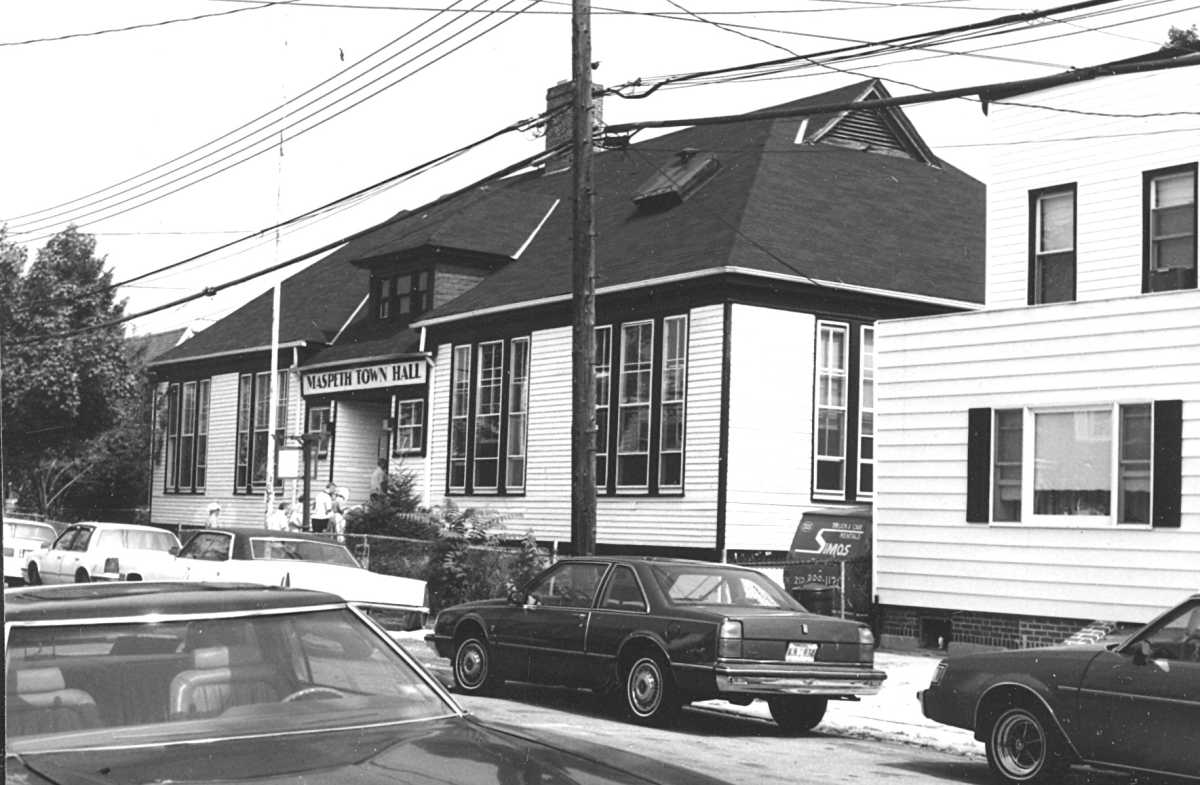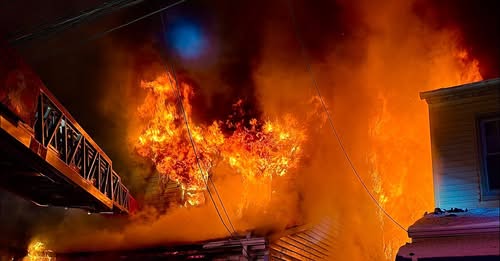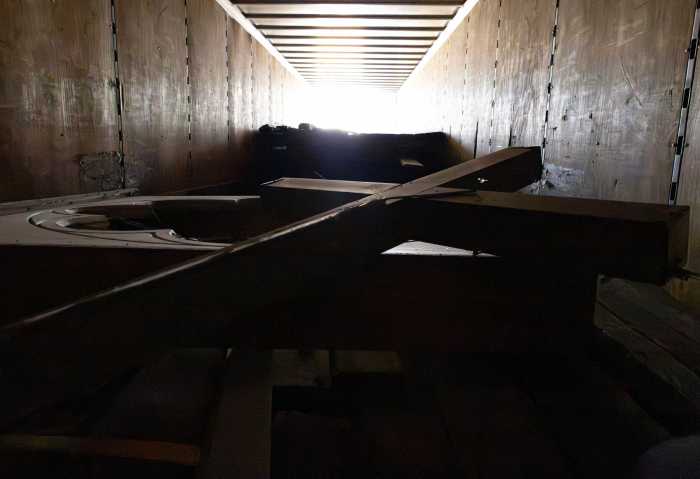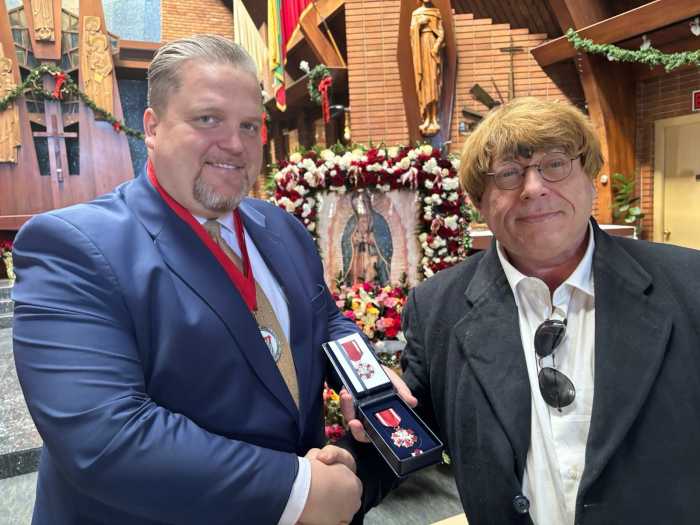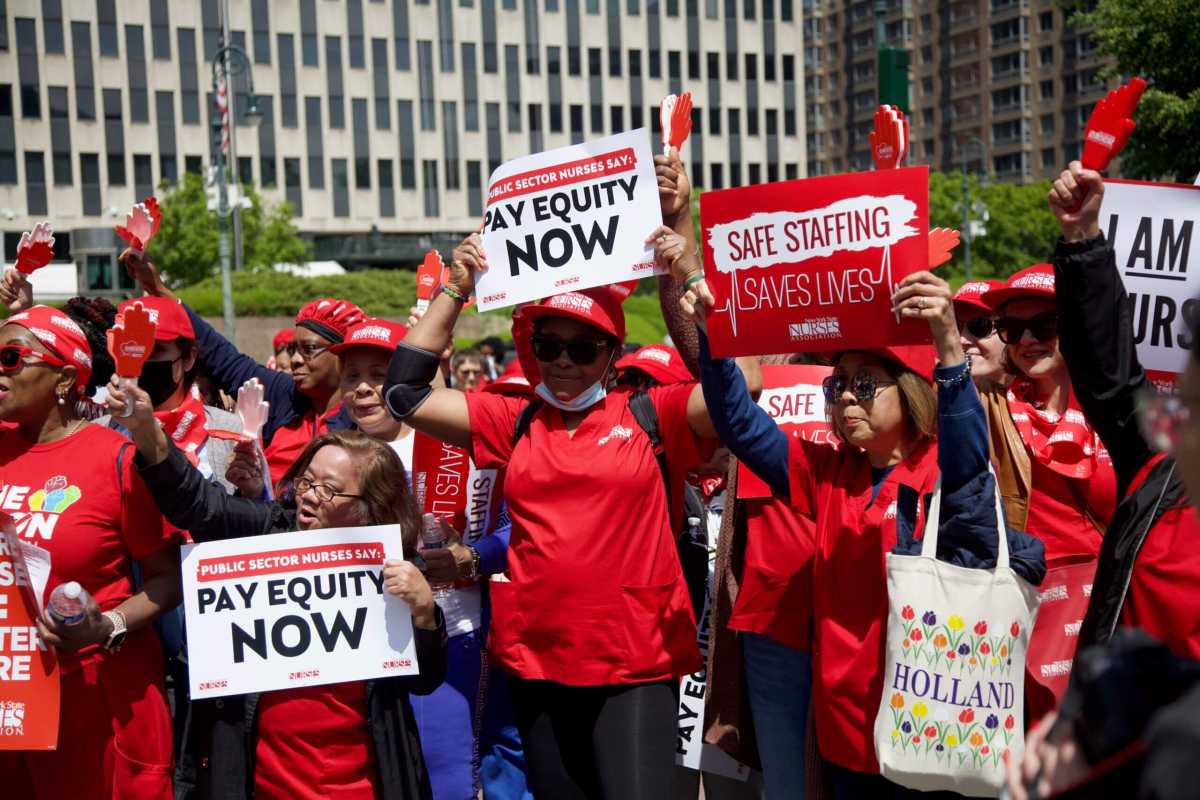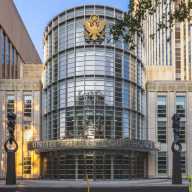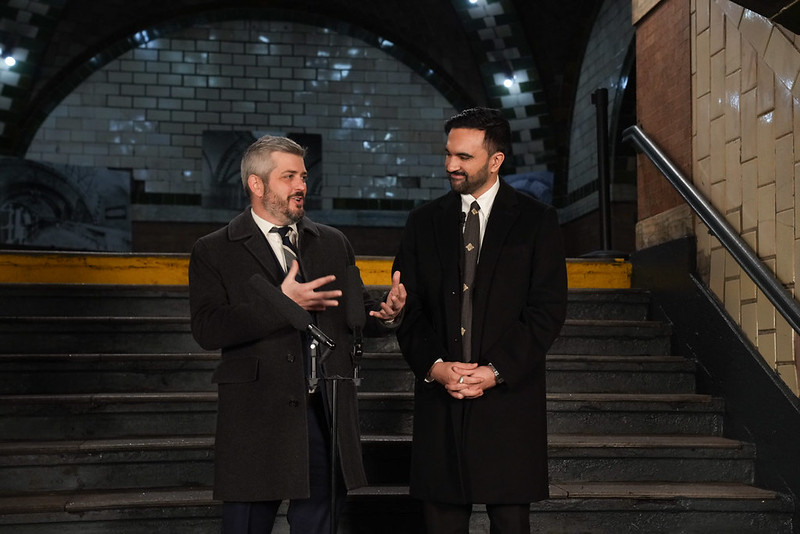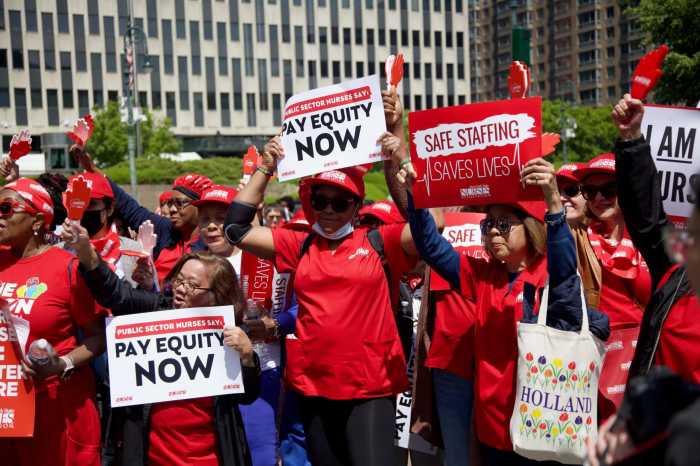Few places in Maspeth have proven more important to the community’s livelihood — or have changed so significantly — than Maspeth Town Hall.
Situated in the middle of a residential block, on 72nd Street just north of Grand Avenue, the two-story building retains its 1897 design as a community schoolhouse. But in the years that followed, the building’s use would evolve many times over — but always in service to the community.
After housing a school that educated generations of children, it wound up playing a role in economic recovery following the Great Depression, stationing police officers patrolling the area and, as it does today, hosting a variety of educational and cultural programs to improve the lives of residents young and old.
The building was opened in 1898 as the Brinkerhoff School, a 1 ½-story wooden schoolhouse on farmland previously belonging to the Brinkerhoff family. The family’s roots date back to the colonial period in the mid-1600s, when present-day Queens and New York were under Dutch control.
The school, under control of the city’s Board of Education, was also classified as P.S. 73. For the next four decades, generations of children from Maspeth and surrounding communities would get their education.
As the population grew, so did the need for larger schools. The city built a brand-new home for P.S. 73 that opened in 1932 at the corner of present-day 54th Avenue and 71st Street.
After the students had left, the wooden schoolhouse was repurposed to house a Girls Club as well as a Works Progress Administration (WPA) Center. The WPA, a program created in 1935 under President Franklin D. Roosevelt’s “New Deal” to combat the Great Depression, carried out scores of public works projects across the country in an effort to rebuild the infrastructure and stimulate the economy.
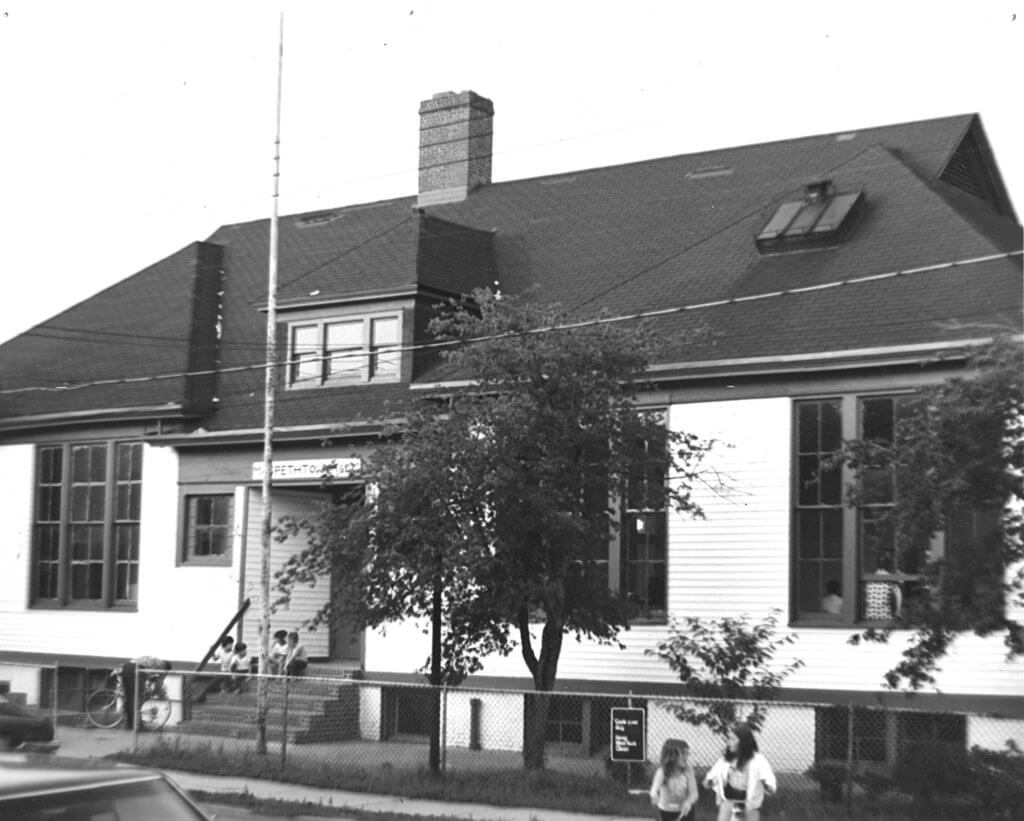
But the WPA’s stay in Maspeth was brief, as the New York Police Department took control of the old schoolhouse in 1936, transforming it into the headquarters of the 112th Precinct. The cops remained at the Maspeth location until April 1971, when they relocated to new headquarters at the corner of Austin Street and Yellowstone Boulevard in Forest Hills. (Maspeth was incorporated into the Ridgewood-based 104th Precinct’s confines.)
After the NYPD left the schoolhouse, it remained abandoned for several years without a purpose, and fell into disrepair. Questions circulated about what to do with the now-historic building, short of razing it for other purposes.
But, as with other important structures in Queens at the time, the community rallied to find a way to do more than just save the building.
A group of local merchants and residents, led by Margaret Markey (who would later become an Assembly member), formed the “Save the School Committee” for the building’s preservation and re-use. This led to the incorporation of a new nonprofit organization, Maspeth Town Hall, that would work over the next four decades to renovate the building as a new venue for community activities.

Today, thanks to the help of numerous Maspeth residents and businesses along the way, the Town Hall thrives as a community center, hosting educational programs such as universal pre-kindergarten for tots and after-school activities for older children. There’s also an array of senior programs as well as arts and drama initiatives.
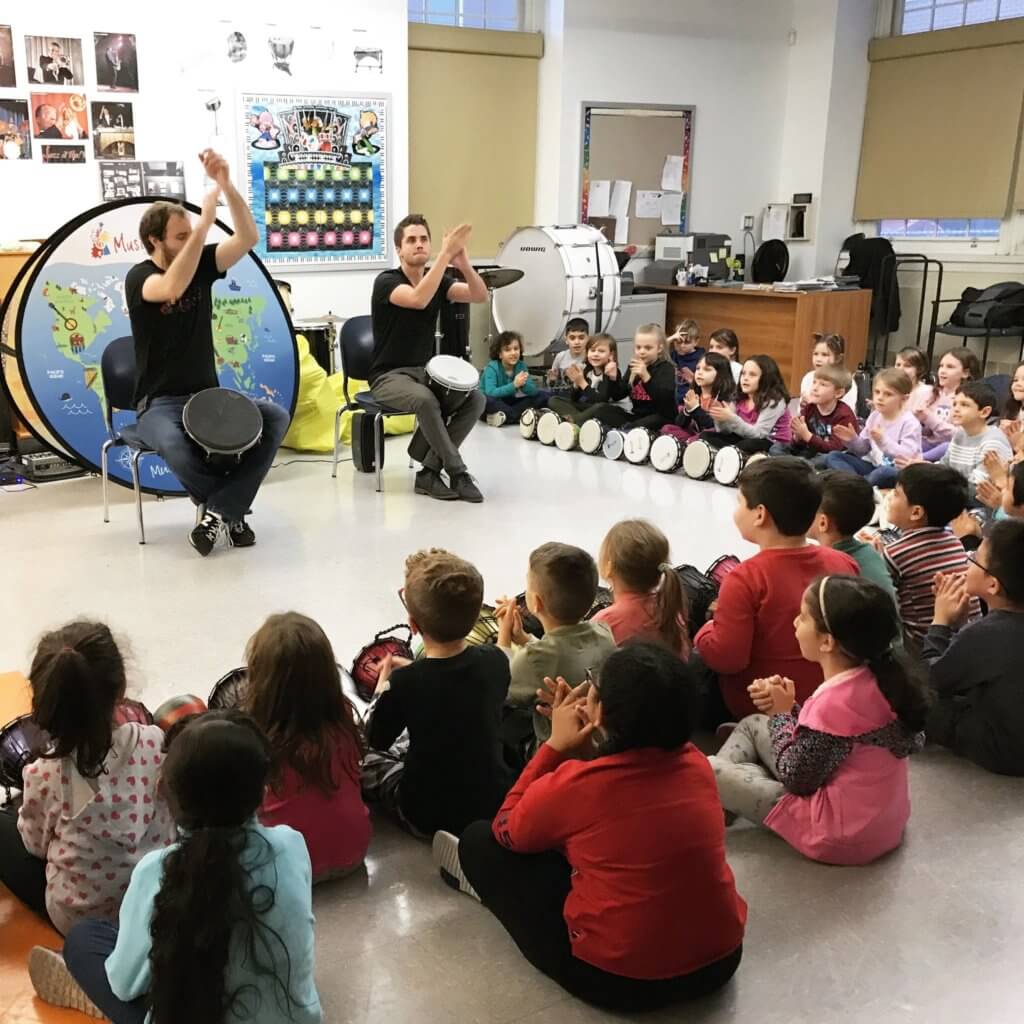
Sources: Maspeth Town Hall, the Juniper Park Civic Association and “Our Community: Its History and People,” published by the Greater Ridgewood Historical Society, 1976.
* * *
If you have any remembrances or old photographs of “Our Neighborhood: The Way It Was” that you would like to share with our readers, please write to the Old Timer, c/o Ridgewood Times, 38-15 Bell Blvd., Bayside, NY 11361, or send an email to editorial@ridgewoodtimes.com. Any print photographs mailed to us will be carefully returned to you upon request.

